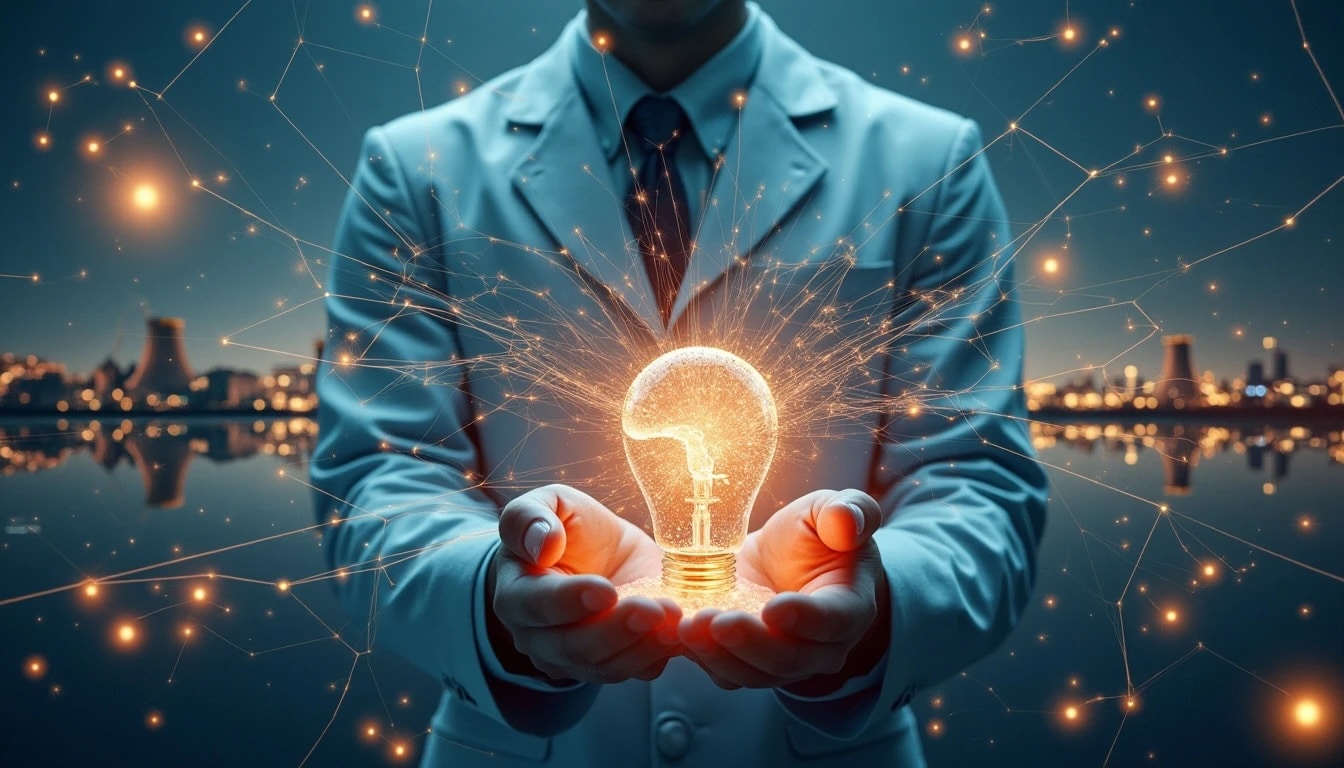One in four Spaniards changed their electricity provider in 2024, driven by apps, more transparent rates, and platforms like Lucera that simplify the process in just a few clicks.
Digital transformation has made a strong impact on the energy sector. While a decade ago switching electricity providers was a cumbersome process, filled with calls and doubts, today the procedure can be completed from a mobile in under five minutes. Increasingly, Spaniards are doing it.
According to the latest data published by the National Commission for Markets and Competition (CNMC), more than 7.2 million customers — 24% of the total — switched electricity suppliers in 2024, a record figure reflecting a shift in consumer mindset and greater familiarity with digital tools.
A new generation of suppliers: the Lucera case
One of the names gaining prominence in this new energy ecosystem is Lucera, a 100% digital electricity company that has committed to transparency, sustainability, and technology since its inception.
Its proposal is simple: energy at cost price and a small fixed monthly fee to cover its services. No contracts, fine print, or sales calls. Everything is managed through its online platform, where users can subscribe, change rates, view their consumption in real-time, and download bills with just a few clicks.
“Signing up with Lucera is easier than changing your mobile plan,” say the company, which boasts one of the most automated and accessible systems in the sector. Additionally, all the energy it supplies is 100% renewable with official certification, a feature increasingly valued by users.
Why are users switching?
Behind this energy mobility phenomenon are several reasons. On one hand, the increase in electricity consumption at homes and industries (up 3% in 2024) has made many families question whether they are overpaying. On the other hand, sector digitalization has made comparing offers easier thanks to tools like CNMC’s official comparison platform.
Moreover, the rise of self-consumption, indexed rates, and platforms with real-time consumption control are empowering users. Almost half of households already have variable rates, allowing them to save by adjusting their consumption during the cheapest hours of the day.
Technology serving consumers
Companies like Lucera, along with other new digital suppliers, have introduced interactive dashboards, mobile apps, and real-time consumption alerts that enable users to monitor their bills almost minute-by-minute. This technological integration, unthinkable a few years ago, has made switching providers as routine as changing a streaming subscription.
In fact, the CNMC has emphasized in its latest report that consumers have the right to compare, switch, and cancel their contracts without penalty if there’s no permanence clause, and that awareness of available options is key to fostering a more competitive market.
The dominant players still lead but are losing ground
While Endesa (28%), Iberdrola (23%), and Naturgy (8%) remain the market leaders, new digital suppliers are gaining ground thanks to their innovative proposals. The report shows a greater market decentralization, especially in the segment of small and medium-sized enterprises and collective self-consumption, which grew 48% in 2024.
Key factors for choosing a new supplier
| Key Aspect | What to look for |
|---|---|
| Type of rate | Fixed vs. indexed (real market price) |
| Renewable energy | Does it have 100% green origin guarantee? |
| Contract commitment | Can it be canceled without penalty? |
| Digital platform | Does it allow easy viewing of consumption and bills? |
| Customer support | Are digital channels or phone support available? |
Conclusion
The digital revolution has arrived in the energy sector, and consumers are taking advantage of it to gain control over their bills. In a context of greater environmental awareness and efficiency seeking, companies like Lucera are proving that competition is possible by combining transparency, sustainability, and technology.
Switching providers is no longer complicated or risky. On the contrary, in 2025, it could be the first step toward real savings and smarter energy consumption.

